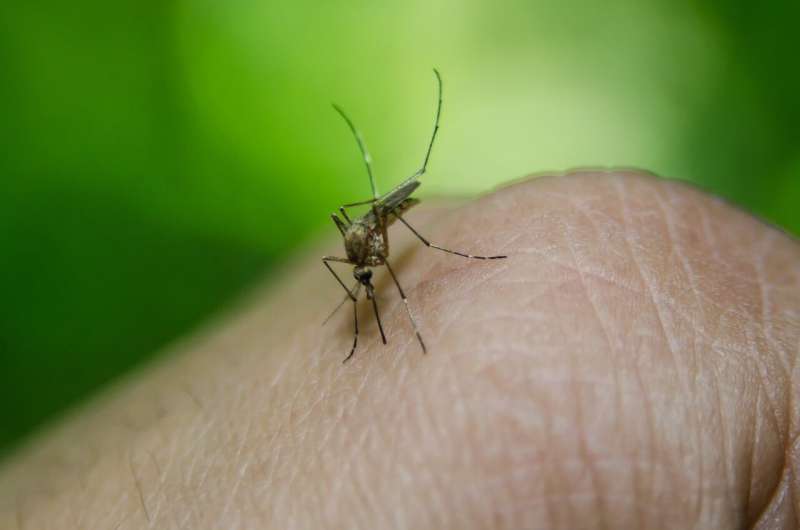Surge in Whooping Cough Cases in California: Prevention and Risks

Whooping cough cases are rising sharply in California, affecting all age groups, especially infants. Vaccination remains the key to prevention as experts warn of severe complications and deaths among vulnerable populations.
Whooping cough, also known as pertussis, is experiencing a significant resurgence in California, with case numbers rising to levels seen before the COVID-19 pandemic. As of late April 2025, nearly 600 Californians have been diagnosed with this highly contagious bacterial disease, marking a 35% increase compared to the same period last year. Experts highlight that the decline in vaccination rates and the relaxation of COVID-19 precautions are contributing factors to this upward trend.
California has become one of the states most affected, with pertussis cases more than quadrupling from 644 in 2023 to 2,753 in 2024. This resurgence is partly attributed to decreased vaccination coverage, which has created a larger susceptible population. Infants stand at the highest risk of severe illness and death, especially those too young to be vaccinated, with recent reports indicating multiple hospitalizations and even deaths among infants under 4 months old.
Pertussis spreads easily through cough droplets from infected individuals, often when people are in close contact within 3 to 6 feet. The disease cycle is cyclical, with peaks in spring and fall, and it begins with mild symptoms resembling a common cold, such as runny nose, mild fever, and occasional cough. As the illness progresses, severe coughing fits can occur, lasting for several weeks and causing complications like vomiting, difficulty breathing, and exhaustion. The distinctive 'whooping' sound emerges at the end of a coughing fit as the affected person inhales deeply.
The rise in cases during the pandemic hiatus is believed to be due to lower vaccination rates and waning immunity. Public health officials emphasize that vaccination remains the most effective way to prevent pertussis. The CDC recommends the DTaP vaccine for children and the Tdap booster for adults, with booster shots advised every 10 years. Despite the vaccine's effectiveness being approximately 85%, immunity diminishes over time, necessitating regular boosters.
High-risk groups include infants who have not yet been vaccinated, pregnant women (who can pass some immunity to their babies), and unvaccinated or under-vaccinated individuals. The disease can be fatal, especially in infants, with a notable number of hospitalizations and some deaths reported in California.
Treatment options include antibiotics, which are most effective when administered early. Preventative measures also involve avoiding contact with infected individuals and practicing good hygiene. Public health officials recommend ensuring up-to-date vaccinations and encouraging parents to keep sick children at home to curb the spread.
In summary, the resurgence of whooping cough in California underscores the importance of maintaining high vaccination coverage, especially among vulnerable populations like infants. Continued surveillance, vaccination efforts, and public awareness are crucial to controlling this preventable disease.
source: https://medicalxpress.com/news/2025-05-whooping-cases-surging-california.html
Stay Updated with Mia's Feed
Get the latest health & wellness insights delivered straight to your inbox.
Related Articles
Malaria Resurfaces in Torres Strait: Implications for Mainland Australia
Malaria has reappeared in the Torres Strait, prompting concerns about local transmission and the potential risk to mainland Australia. Learn about the implications and prevention strategies for this infectious disease resurgence.
How a Past Injury Can Lead to Lasting Changes in Stress and Pain Responses
Learn how past injuries can cause long-lasting changes in the brain, leading to heightened stress and pain responses, even after healing. New research reveals the neural mechanisms behind this phenomenon and potential therapeutic targets.
Increasing Trends in Pediatric Exposure to Medications and Supplements from 2000 to 2023
A recent study reveals a significant increase in medication and supplement exposures among children aged 6 to 12 from 2000 to 2023, highlighting urgent safety concerns and the need for preventative measures.



